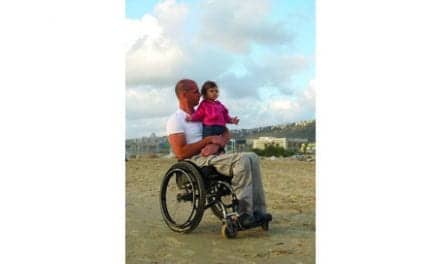 |
“Summer afternoon, summer afternoon; to me those have always been the two most beautiful words in the English language.”
—HENRY JAMES (1843-1916), AMERICAN-BORN AUTHOR
Summer is here. As the school year comes to an end and our kids settle into the dog days of summer, many of them look forward to participating in a full schedule of such sports activities as baseball, soccer, swimming, and biking. Unfortunately, increased physical activity is accompanied by greater opportunity for injury.
According to numbers released by the Centers for Disease Control and Prevention (CDC), more than 20 million American children and adolescents are annually involved in sports activities. Of those children,more than 775,000 end up in emergency departments with sports-related injuries. Although the CDC estimates that close to 95% of these injuries are soft tissue damage (ie, strains and strains), the rest are serious, ranging from fractures to concussions to spinal cord injury to heat-stress conditions—and worse. These incidents can lead to weeks of recovery, hospitalization, or worse, and are often the result of improper training, lax play supervision,and faulty equipment. Children involved in team sports can also experience injury through improper warm-up and cool-down periods,as well as muscle overuse/reinjury from intensive sports training.
The prevention and treatment of sports-related injuries among children and adolescents is paramount. Physical rehabilitation and pediatric sports specialists play an important role in ensuring the safety of these youngsters. By raising the awareness of parents and school/community coaches and sports trainers, they can help provide safer and more secure conditions for these active children. These support teams for young athletes need to set physical guidelines—and restrictions—and monitor each child’s activity. Also, by instructing kids in the proper use of equipment, arranging a training regimen (including stretching and strength training),limiting activities in hot and humid conditions,and encouraging the use of protective gear (such as masks, guards, gloves, and headgear), the possibility of pediatric sports injury can be considerably diminished. (Above all, children should never be pushed beyond their limits in sports,and if they do experience injury, they should be allowed to fully recover.)
Remember, encouraging participation in safe summer sports activities can enhance a child’s overall well-being on physical, psychological, and social levels, helping them develop a sense of self-discipline, sportsmanship, and independence that will last a lifetime.
—Rogena Schuyler Silverman





